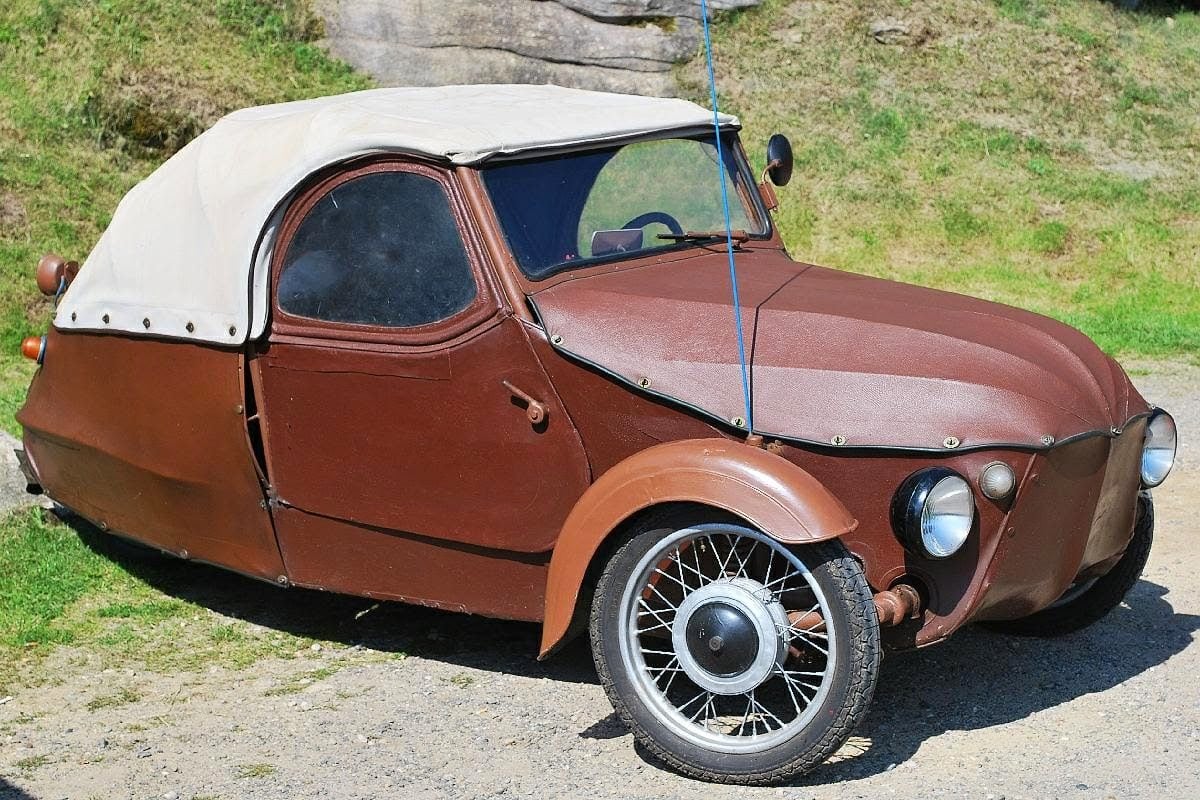- 13,257

- Seattle-ish
This is a thread for all the tiny cars in the world that aren't covered by the existing Kei-car thread. I have always loved these little tiddlers and feel they deserve more love. So let's start with one of each, a microcar and a bubblecar.
1961 Mitsubishi 500. Rear-mounted 493cc OHV air-cooled parallel-twin making about 21 hp. Built from 1960-1962. Grew to 600cc and was not only Mitsubishi's first car, but also the beginning of the Colt range, and was Mitsubishi's first successful race car, when the 600cc 500 Super Deluxe took the first four places in the under 750cc category at the 1962 Macau Grand Prix.


1957 Heinkel Kabine. Rear-mounted OHV air-cooled single-cylinder of 174cc and 204cc (later reduced to 198cc for insurance reasons) making 9 and 10 hp respectively. Built from 1956 to 1958, but later licenced and built by Trojan UK from 1960-1966. Interestingly, the larger-engined version could be bought as either a 3-wheeler or a 4-wheeler. I like the big aircraft canopy look with the tiny little bubble-butt back end. Speaking of Trojan, they had previously made their own car, the Trojan Utility that is fascinating in it's own right and I will cover in another post.


1961 Mitsubishi 500. Rear-mounted 493cc OHV air-cooled parallel-twin making about 21 hp. Built from 1960-1962. Grew to 600cc and was not only Mitsubishi's first car, but also the beginning of the Colt range, and was Mitsubishi's first successful race car, when the 600cc 500 Super Deluxe took the first four places in the under 750cc category at the 1962 Macau Grand Prix.


1957 Heinkel Kabine. Rear-mounted OHV air-cooled single-cylinder of 174cc and 204cc (later reduced to 198cc for insurance reasons) making 9 and 10 hp respectively. Built from 1956 to 1958, but later licenced and built by Trojan UK from 1960-1966. Interestingly, the larger-engined version could be bought as either a 3-wheeler or a 4-wheeler. I like the big aircraft canopy look with the tiny little bubble-butt back end. Speaking of Trojan, they had previously made their own car, the Trojan Utility that is fascinating in it's own right and I will cover in another post.


Last edited:


















































